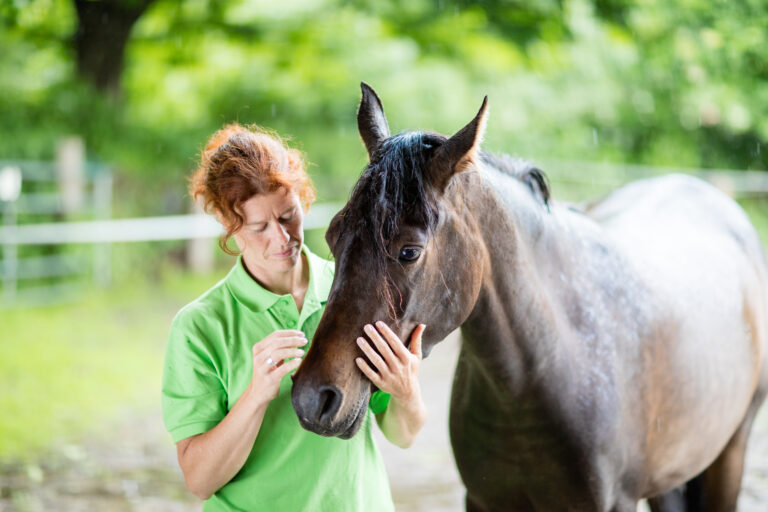Editor’s note: The following is a summary of a presentation given during the 2016 AAEP Convention IDEXX Sunrise Session.
Diarrhea is the second-most-common disease in foals. Diarrhea causes 25% of disease in foals less than seven days of age and 40% of disease in foals 8-31 days of age. Of foals that die in that age range, 3% are due to diarrhea.
Rotavirus
Ron Vin, DVM, DACVIM (LAIM), of Myhre Equine Clinic in New Hampshire, joined Christian M. Leutenegger, Dr. Med. Vet, PhD, FVH, Head of PCR at IDEXX Reference Laboratories, and Lisa Metcalf, DVM, DACT, owner of Honahlee equine reproduction facility in Oregon, and Steve Reed, DVM, DACVIM, of Rood and Riddle Equine Hospital in Lexington, Kentucky, at the IDEXX Sunrise Session during the 2016 AAEP Convention to discuss the topic of diarrhea in foals and adult horses and recent findings in that area.
In 2016, Vin and Reed noticed an increase in rotavirus cases and sent samples to have diarrhea panels run at IDEXX Laboratories.
Rotavirus is an RNA virus, generally causing disease in horses under six months of age, and mostly in foals younger than three months. This is when maternal antibody levels are dropping and foal humoral immunity is still not fully developed. Vin postulated that a change in vaccination routine might be needed to combat rotavirus, which causes an osmotic diarrhea due to a disruption of lactose digestion.
Vin and Reed noted that farms that vaccinated mares against rotavirus were still seeing rotavirus problems in foals, and Vin wondered if there were differences in the genotypes of the causative organisms. He reminded the audience that morbidity in rotavirus outbreaks approaches 100%, and mortality can go high.
Vin noted that sometimes you will see a positive adult horse, and some of those horses will have clinical signs, but researchers don’t know the significance of either of those observations.
When the rotavirus genotypes of 2016 were determined, Leutenegger noted that some were not the common G3 strain that is contained in the vaccine, but were G14. G3 is the predominant U.S. and European genotype.
Metcalf said that some large Thoroughbred farms have a significant endemic rotavirus problem. A couple of those farms use hyperimmune plasma (IV or orally) for foals at about 60 days, but it didn’t solve the problem. She said what managers general see is that at 60-120 days of age, foals stop nursing and might or might not have a fever. They are depressed. There is very little GI tract motility and foals are miserable.
Foals get better faster with fluid administration, and younger foals are put on antibiotics to avoid septic joints that sometimes are seen two weeks after this type of illness. They also are treated with gastroprotectants. And, of course, antibiotics also can cause diarrhea, so that is an added problem.
Farms have tried vaccination of young foals, but that didn’t help reduce the incidence of disease.
“This (rotavirus) is a problem every year, and farms are frustrated,” said Metcalf.
Leutenegger said IDEXX included rotavirus in its diarrhea panel (for all ages of horses) starting in 2009. He said you can see cases of rotavirus in foals across the U.S., but in adult sport horses you also see it in specific states, including Kentucky, Florida, Texas, California, and other states in the North East and North West.
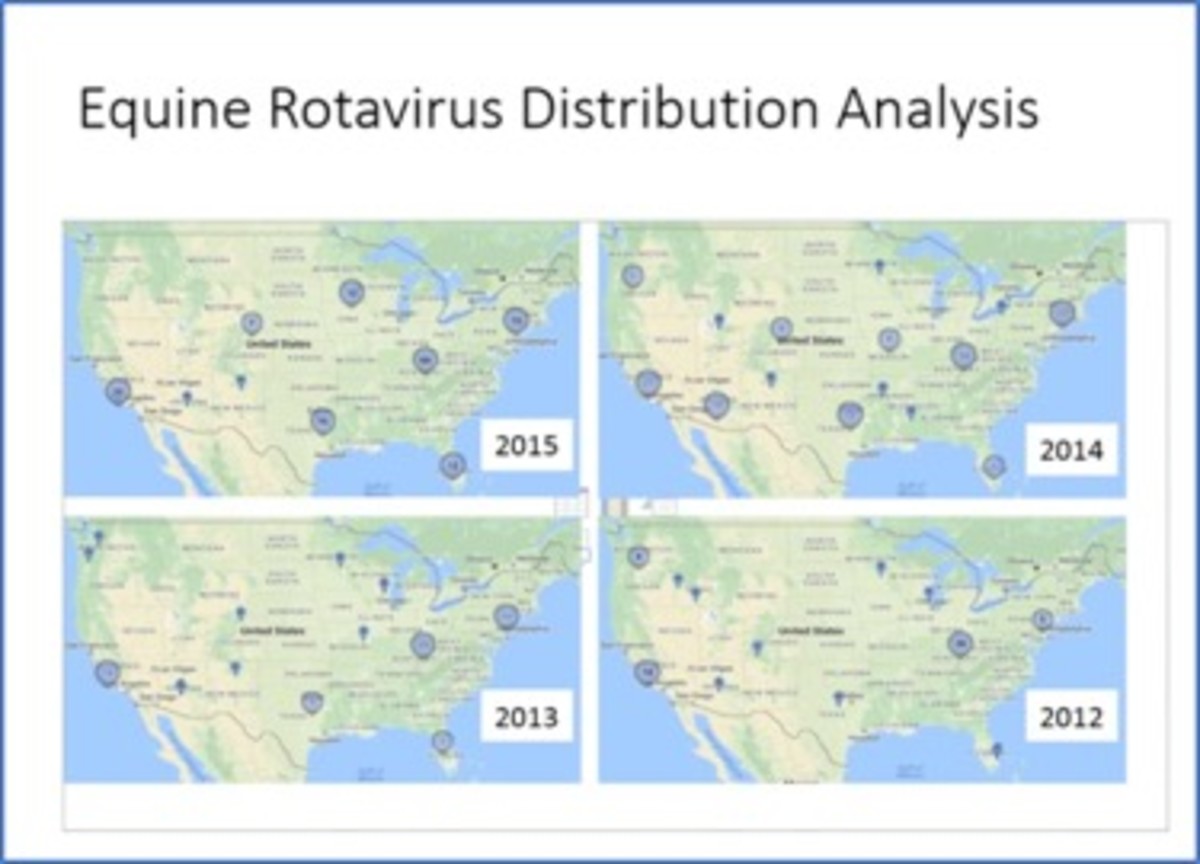
Vin noted that when vaccine use increases, you see less of that genotype against which the vaccine protects.
In looking at the age analysis of rotavirus samples, it is certainly known as a neonatal disease. There are adult horses that have rotavirus as well, but they don’t normally display clinical signs.
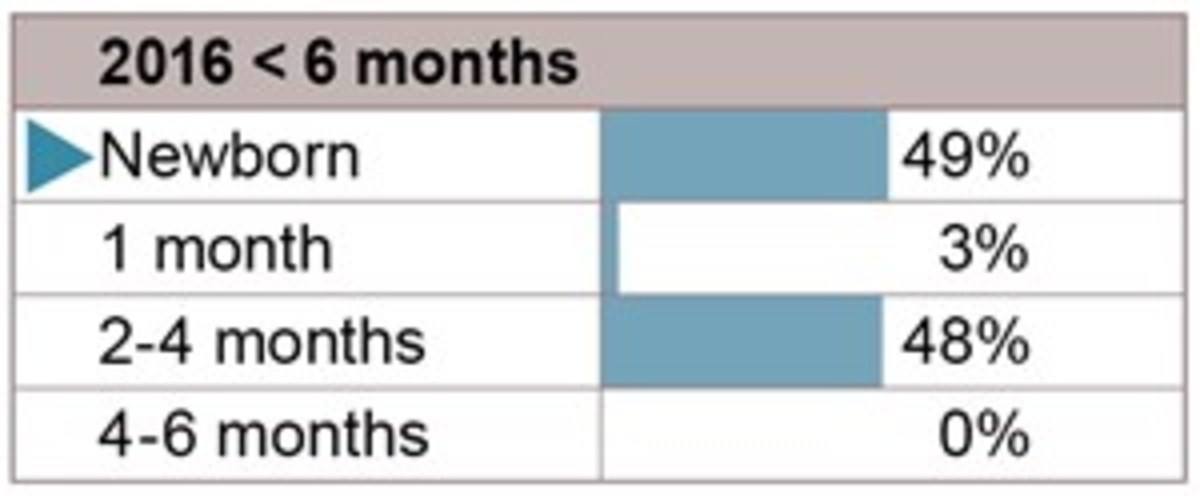
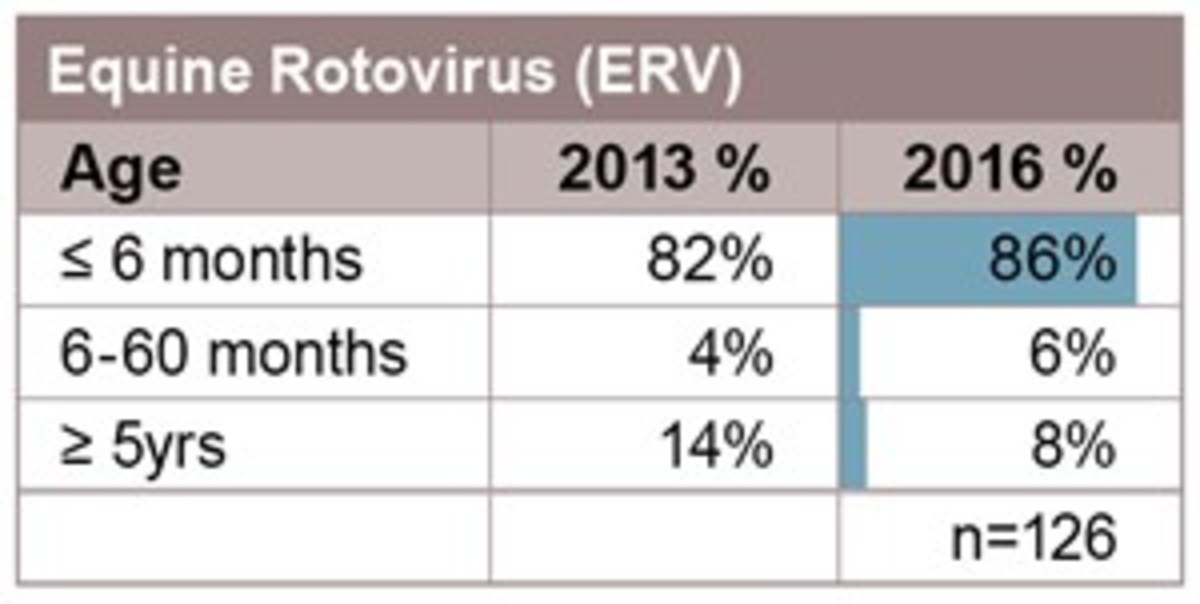
Leutenegger mentioned that this rotavirus frequency distribution within the first 6 months of age nicely shows the immune competence of foals: when unvaccinated, newborns are becoming infected quickly (49%); when vaccinated, they are protected up until 2-4 months. Then vaccine projection is lost and the foal’s immune system has not yet fully developed, making them again susceptible to infection (48%).
Equine coronavirus also can be identified in foals and adult horses. Leutenegger said coronavirus in sick foals usually is a co-infection, but it doesn’t cause diarrhea when no secondary infection is present. He said generally coronavirus is seen as an outbreak in adult sport horses, even if they are only infected with coronavirus.
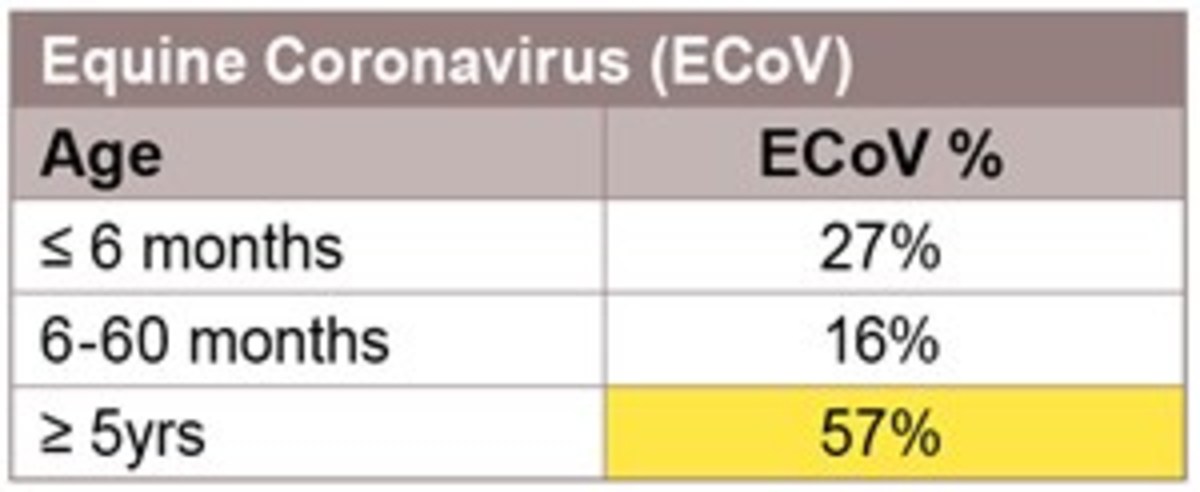
Genotyping of Rotavirus
Leutenegger said there are 7 genes in a rotavirus genome, and that different species use different versions of those 7 genes. He noted that human rotavirus has been found in horses, and that rotavirus is not necessarily species-specific. The virus can jump from horse to human.
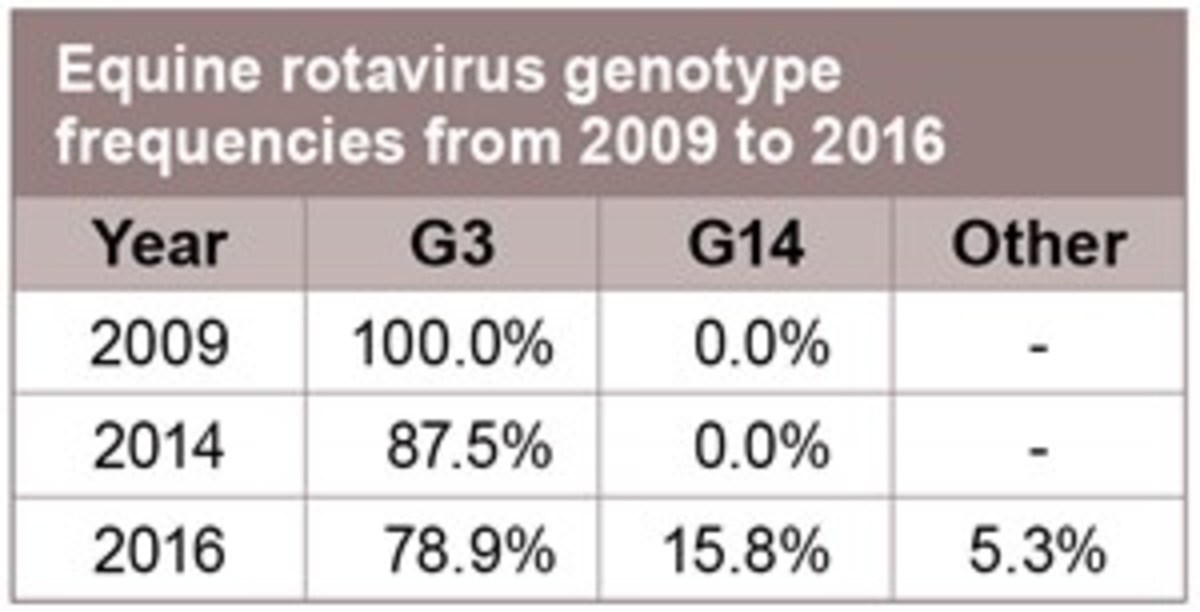
Leutenegger noted that the number of samples for the above chart were small and that should be taken into consideration when looking at the percentage numbers. However, he noted the trend of the increasing G14 genotype, which is not included in the vaccine.
He said the next step is to validate G3 and G14 in real time with PCR tests for rapid and affordable genotyping.
Questions and Answers
Q: When should you take samples from foals?
A: In general, earlier is better. Vin said you can keep fecal samples in a fridge for up to 10 days and they are still good for DNA testing. When the horse has a fever is the best time to collect fecal samples.
Reed noted that when foals have fevers, he recommends that you start fecal sampling even before the diarrhea breaks. He noted that some farms don’t like to do a lot of testing, and that every foal doesn’t have to be tested individually.
Vin said you can pull multiple fecal samples, pool them, then submit them for testing to cut costs.
Metcalf noted that even if feces are normal, the first day the foal quits nursing she takes a fecal sample.
Leutenegger said as long as you don’t freeze or “cook” the sample on the dashboard, the RNA is still intact. He said IDEXX runs seven quality controls on samples to see how much DNA and RNA they get, so if the sample doesn’t meet those standards, they know before testing. “About 2% of the samples don’t make it through he second round of quality controls and are not good for DNA testing,” he noted.
Q: What size sample do you need for testing? When the diarrhea is very liquid, it is hard to get 5 ml.
A: Leutenegger said there is a minimum amount required for testing, but that can be as small as what you can collect on a swab.
Q: Are you testing rotavirus only?
A: Leutenegger said the diarrhea panel tests for rotavirus and 9-10 other diseases. He also noted that you want to use testing that is not using human antigens.
Reed noted that he likes using the diarrhea panel to see all the possible challenges the foal is facing.




